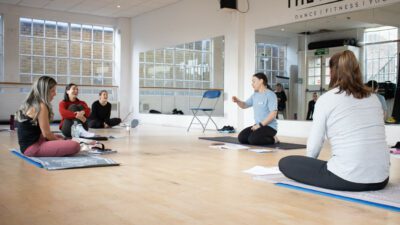
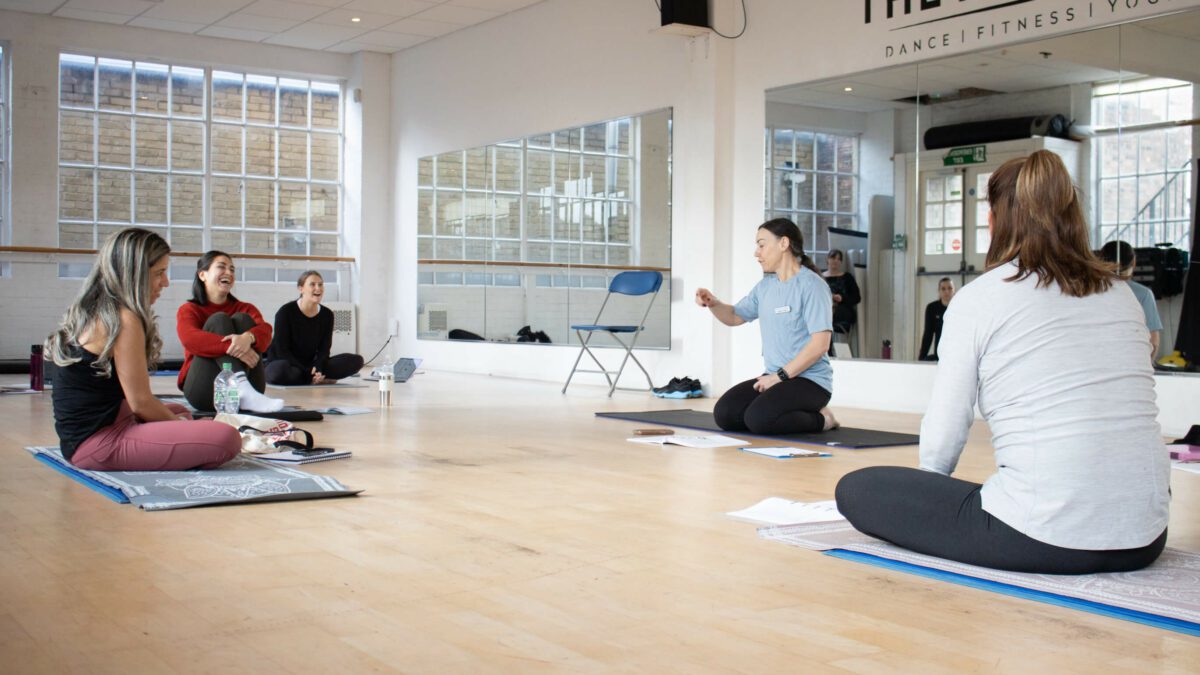


If you find regular Pilates exercises less challenging and want to take your Pilates workout a step further, Power Pilates is right for you. It has everything that traditional Pilates offers but with an extra kick. This article will discuss everything you need to know about Power Pilates to enable you to get ready to intensify your workouts and build strength. So, let’s get right to it.
Power Pilates is typically regarded as a return to the initial objective of the creator of the Pilates exercise program, Joseph Pilates. It is a total body workout that mixes strength and regular Pilates, and it uses these combined and isolated movements to build control, core strength, balance, and muscular endurance. Plus, even though this workout is derived from regular Pilates, It is designed with more intensity, as it emphasizes the use of the core muscles, hip flexors, thighs, lower back, glutes, arms, and legs.
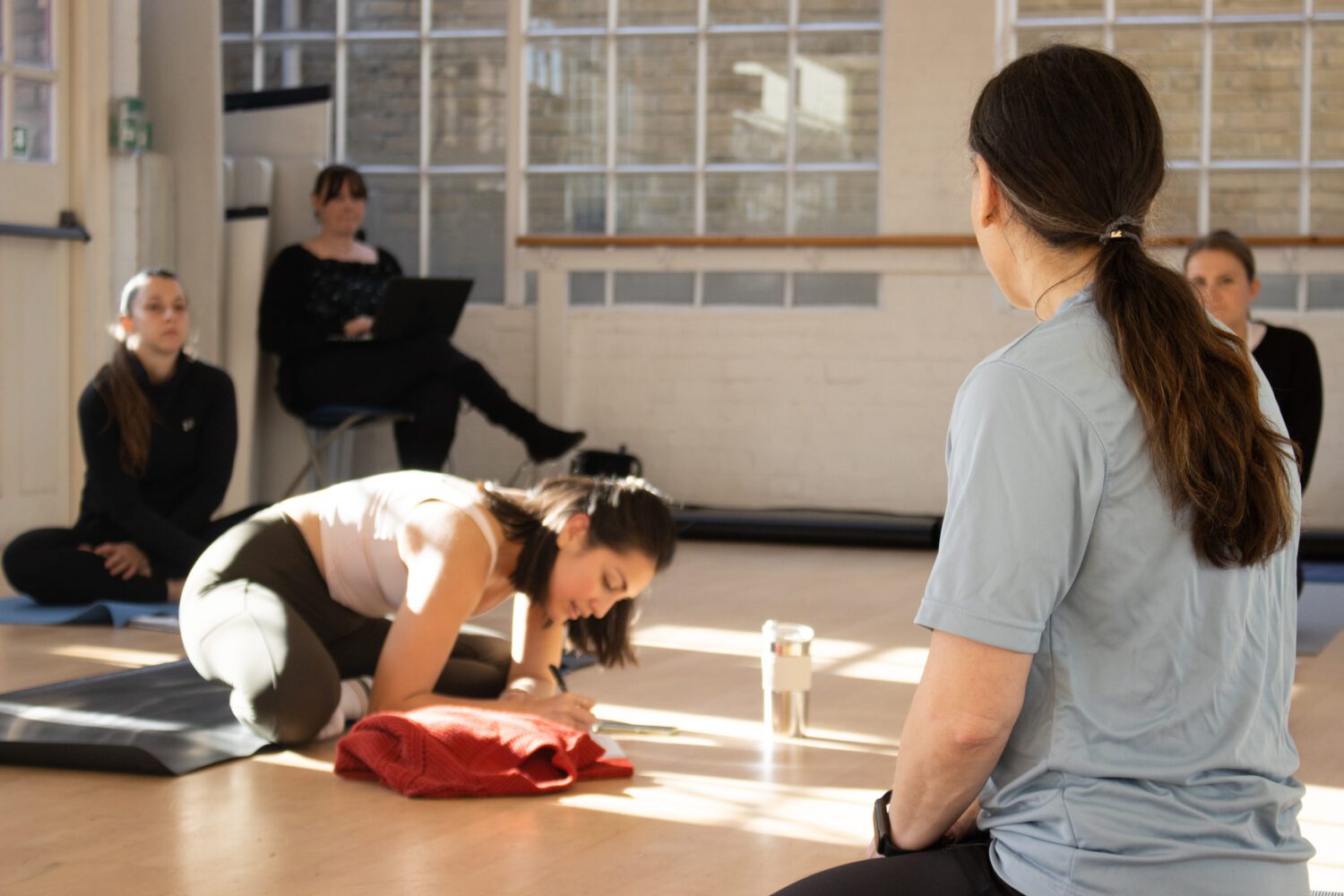
Power Pilates is similar to traditional Pilates exercises but with more controlled movements, intensity, and variations. It sometimes involves incorporating weights, bands, sliders, rollers, and balls with regular mat or reformer Pilates exercises. Besides, it is still as low impact as traditional Pilates, but instead of repeated movements, it requires a flow motion by forming movement sequences.
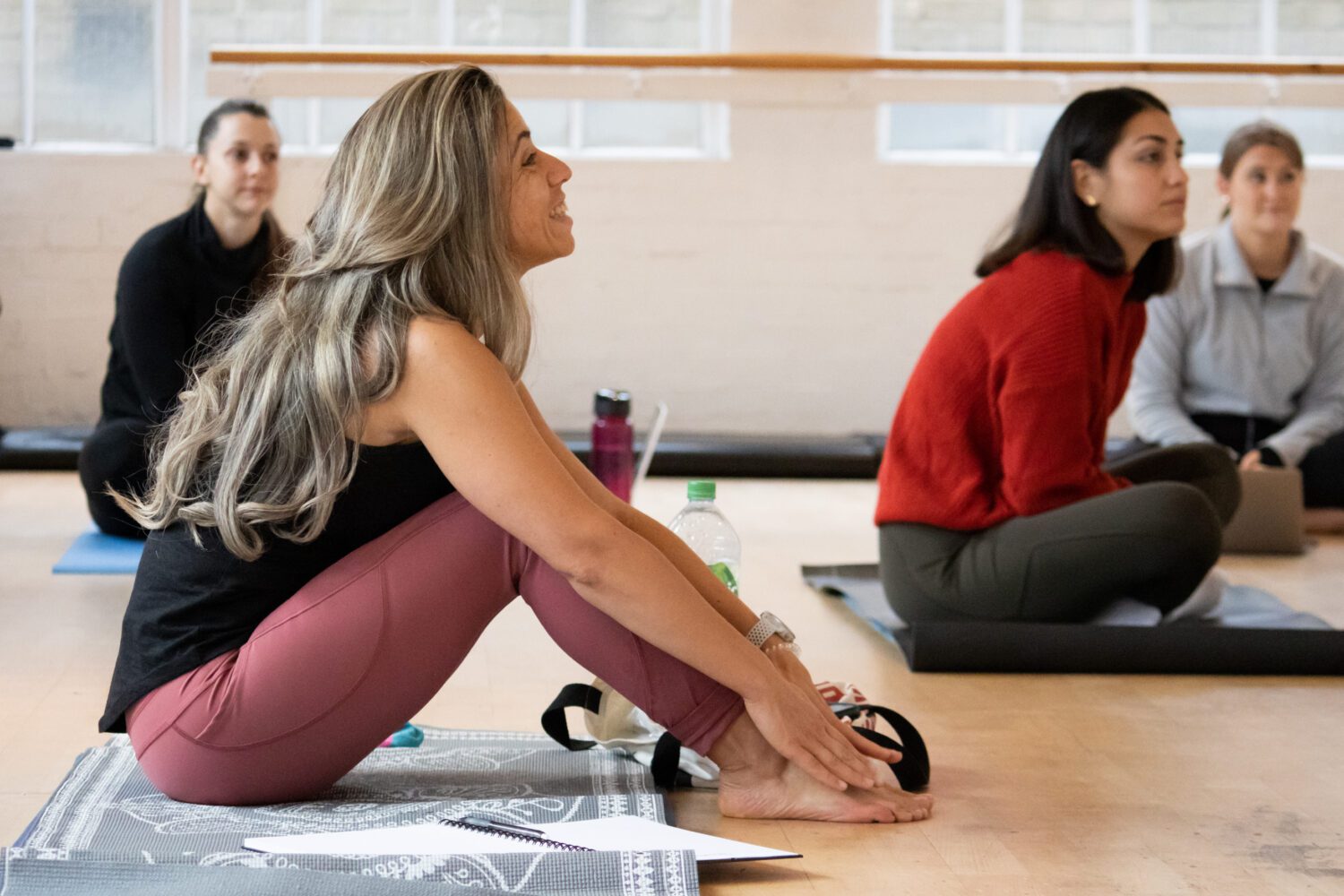
As stated earlier, Power Pilates exercises are similar to regular ones, and highlighted below are a few typical movements involved in Power Pilates.
This movement involves sitting upright, extending your legs to form a V, and reaching your arms to the side. This enables you to twist at your waist, inhaling as you go, and extend your left hand to reach your right foot—exhaling as you dive forward. Stay in the position for some time before inhaling back to a seated position and doing the same on the other side.
The swimmer involves lying face down with your arms outstretched over your head and your legs straight and close together. With your chin slightly tucked and eyes down, raise your left arm and right leg above the ground – your head and chest should be off the mat. Maintain this position for some seconds and change the arms and legs.
This movement requires hip flexibility and shoulder and pelvic stability, and you can go as advanced or as modified as you like. The scissors involve lying on your back with your knees bent and your feet on the floor. Then, you must bring your knees to your chest while breathing deeply and rolling your hips off the mat. Once you are in this position, use your hands to hold the back of your pelvis and extend your legs and hips, then scissor your legs open and pulse the legs. Only move your legs and repeat the scissors action up to 5 times.
Lie face down with your knees bent to enable your heels to reach your butt. Reach both arms behind your back and lace your fingers while keeping your elbows bent. Kick both heels to your butt quickly multiple times on inhale, and exhale as you stretch your arms and legs out. Repeat the movement for up to 10 breath cycles while changing the position of your head.
The difference between this movement and the double leg kick is that you only have to kick one heel towards your butt at a time and repeat the process for each leg.
Other Power Pilates movements include:
Even though not all Power Pilates classes require Pilates equipment, there is a host of equipment available for Power Pilates. These pieces of equipment range in size, some being more portable than others. So let’s take a look at some of these pieces of equipment.
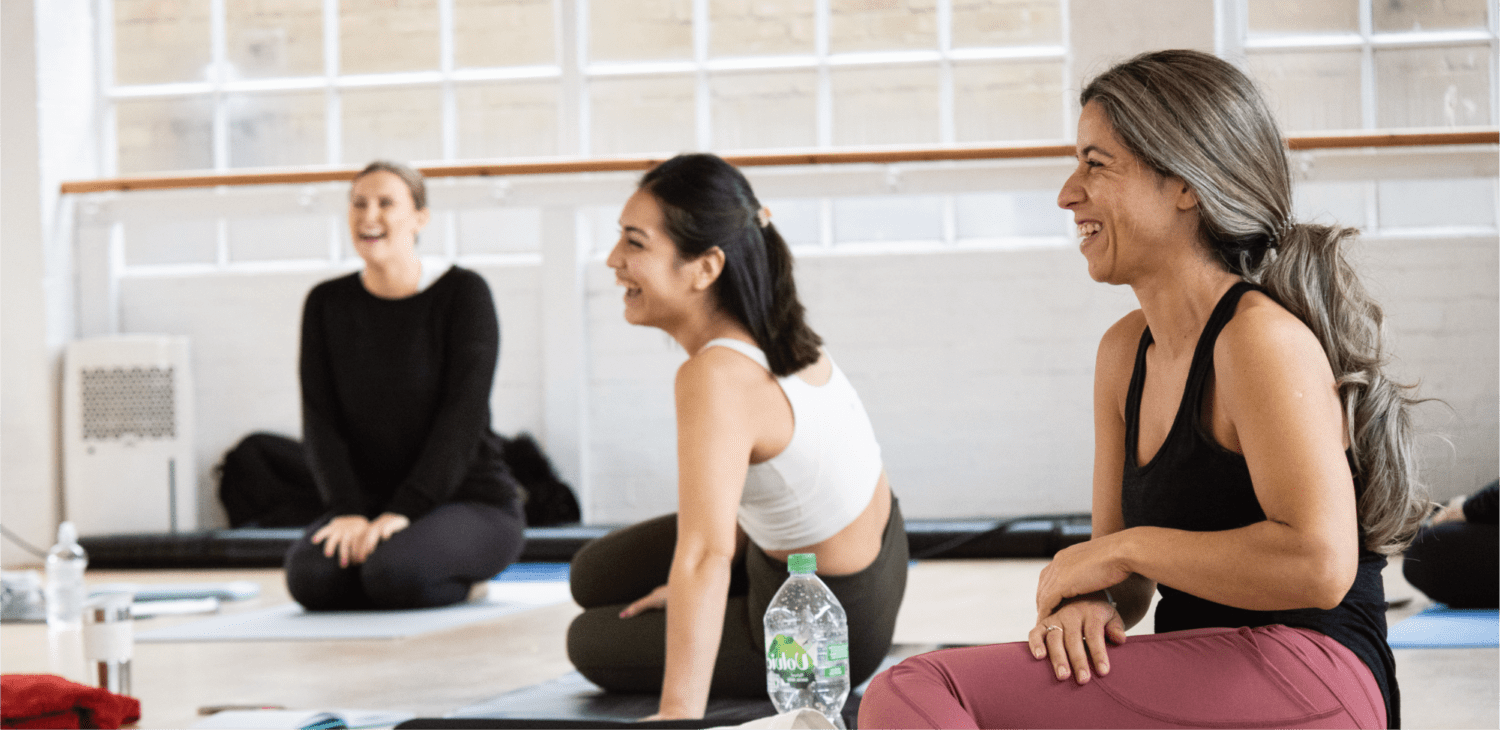
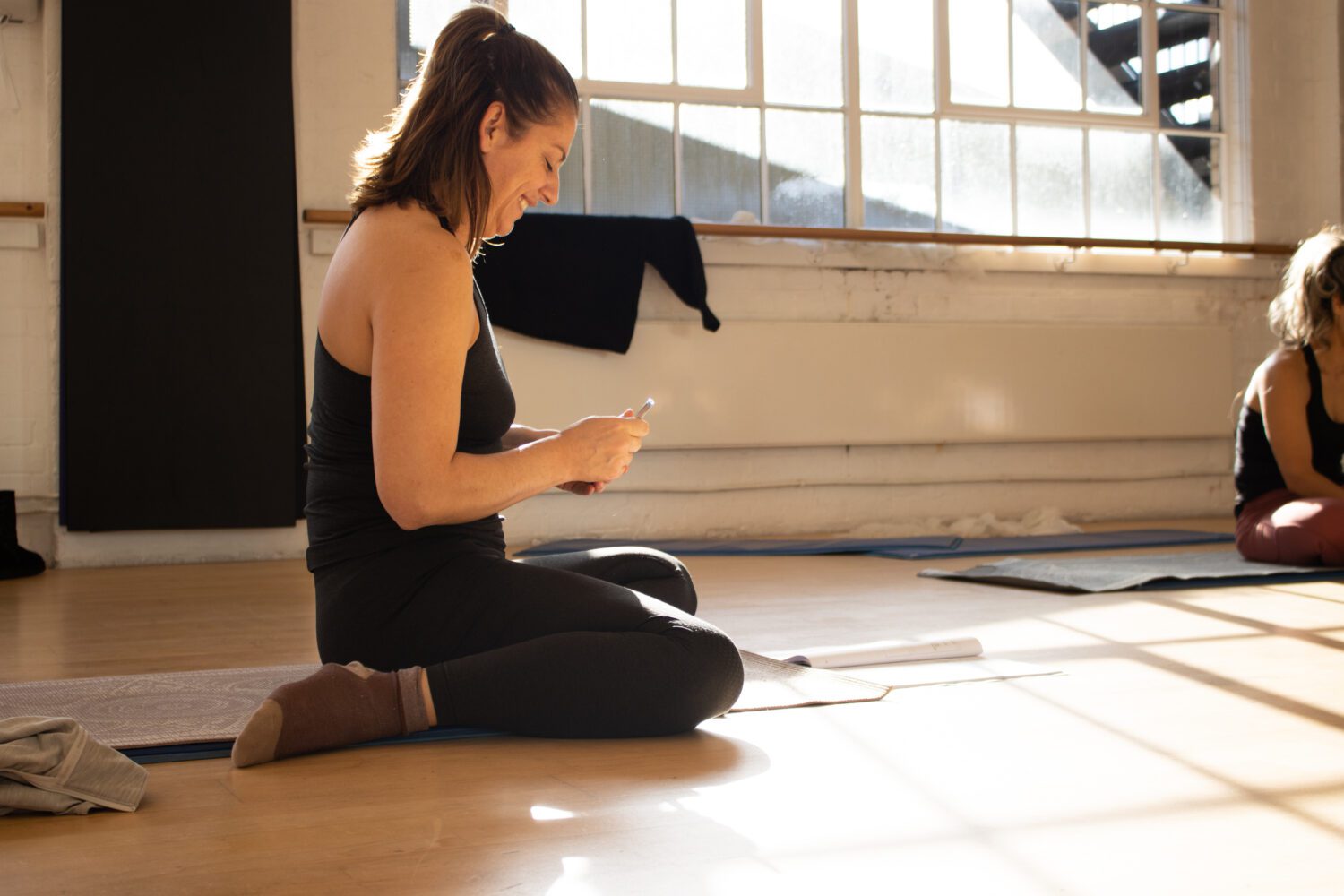
Power Pilates may just be right for you if regular Pilates isn’t giving you the challenge you need. You don’t need to learn any new moves, as it is just regular Pilates movements with more control and variation. You can choose to study an intermediate or advanced Pilates course if you are looking to enhance your knowledge of Pilates.
Ready to leap into a new career avenue? Consider reaching out for career guidance or enrolling in additional courses to hone your expertise in a specific area. In an ever-evolving industry, your willingness to grow and adapt will be your most significant asset.